Our Services
Physical Therapy
Our goal is to help you achieve your optimum physical sate of being; whether it is paddling, pickle ball, skiing, cycling, walking the dog or walking to the mailbox- Being stable and supported in all activities are paramount to recovery.
All patients receive a thorough evaluation and then a plan is designed to suit your needs, whether it is with manual therapy, exercise, yoga or relaxing restorative poses to calm the nervous system…We can help.


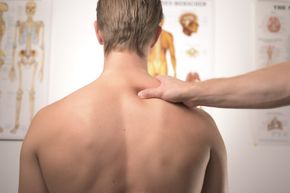
Orthopedics
Manual and prescriptive exercise therapy addressing boney and soft tissues, including muscle, fascia, and joints.
Orthopedic manual therapy has always been an emphasis in Stephanie’s treatment protocol. Continuing education for specific manual techniques with world renown physical therapists and osteopathic masters have been carried on through her entire career since 1989, addressing the physical body with a very critical eye and adhering to muscular and structural imbalances. Being a rehabilitation Pilates instructor as well as a Hatha yoga instructor, she infuses specific core yoga principles and strengthening exercises to stabilize and support the structure. She follows a philosophy that observation starts at the feet and moves upward from there. She integrates yoga postures (if desired) for healing and alignment, and integrates a total body approach to healing.
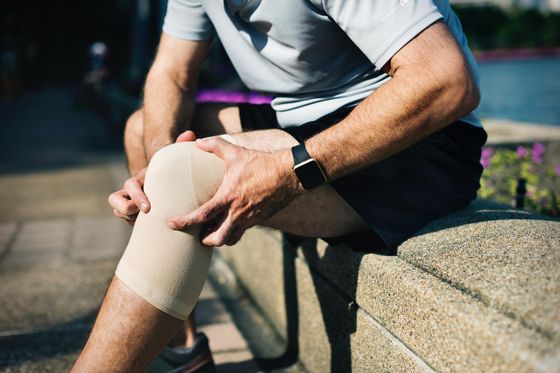
Vestibular Rehabilitation/ Dizziness
Your rehabilitation starts with a proactive approach
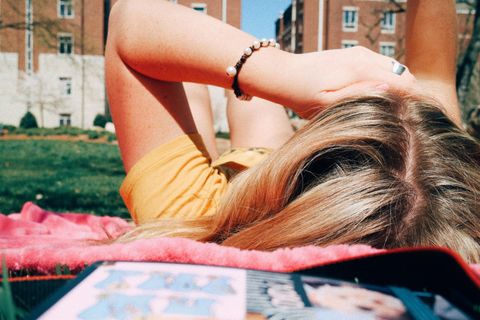
Treating vestibular disorders since 2003, Stephanie's neurological and vestibular training has been comprehensive and vast, always with a functional emphasis. She was certified in Vestibular Rehabilitation with The American Institute of Balance in 2014 and has had numerous educational programs from esteemed mentors in the field. She has worked extensively with Otologists, Neuro-otologists, neurological and vestibular physical therapists and has an extensive list of co-practitioners to assist patients to return to their previous level of function.
Stephanie utilizes a multi-model approach; integrating restorative and calming neurological techniques that facilitate the Parasympathetic Nervous System (PNS), allowing healing to take place and to integrate the orthopedic, vestibular, visual and neurological systems to work together and to avoid competition with each other through over dominance of improper facilitation.
Some common dizziness conditions that benefit from treatments are Benign Positional Vertigo (BPPV), Acoustic Neuritis, Labyrinthitis, Acoustic Neuroma, Meniere’s Disease. Other examples of CNS conditions that might have lasting effects and cause a loss of balance and dizziness are CVA (stroke), TIA, Parkinson’s Disease and other neurologically based disorders; these conditions can often be helped functionally.
Stephanie routinely offers community lectures on dizziness and balance disorders and works intimately with the physicians who refer these patients to her.
Yoga Therapy and Restorative Yoga
In clinic and at home...
Stephanie is a certified Hatha Yoga instructor (teaching weekly Restorative and gentle yoga classes in Port Townsend) and enjoys using yoga asana and meditation, in conjunction with her physical therapy programs.
Whether it is post injury or surgery, or simply a one on one Hatha Yoga session, she understands the importance of proper anatomical alignment and biomechanics of yoga postures and how to implement them in to a program, with and without prior injury. One is never too old, too young, too injured, too imperfect, too tight or too “whatever” to enjoy a guided yoga practice.
Restorative Yoga is utilized in the clinic, as well as instructed for home practice, to settle the nervous system and to facilitate the parasympathetic nervous system (PNS) as well as to inhibit the “fight or flight” sympathetic nervous system (SNS), which wreaks havoc on our bodies.
This calming, meditative yogic practice is supported by blankets, bolsters and props to simply relax and to create a “floating” sensation of comfort. Results are astounding and it can be performed at home to continue with the practice.
Whether it is post injury or surgery, or simply a one on one Hatha Yoga session, she understands the importance of proper anatomical alignment and biomechanics of yoga postures and how to implement them in to a program, with and without prior injury. One is never too old, too young, too injured, too imperfect, too tight or too “whatever” to enjoy a guided yoga practice.
Restorative Yoga is utilized in the clinic, as well as instructed for home practice, to settle the nervous system and to facilitate the parasympathetic nervous system (PNS) as well as to inhibit the “fight or flight” sympathetic nervous system (SNS), which wreaks havoc on our bodies.
This calming, meditative yogic practice is supported by blankets, bolsters and props to simply relax and to create a “floating” sensation of comfort. Results are astounding and it can be performed at home to continue with the practice.
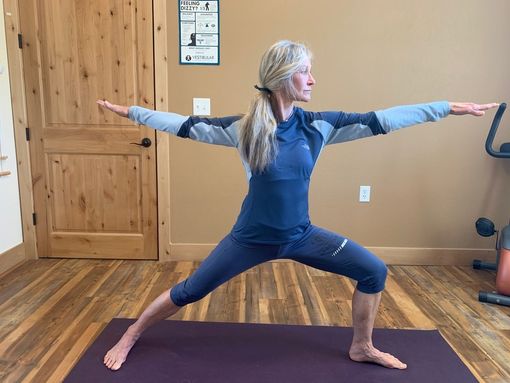
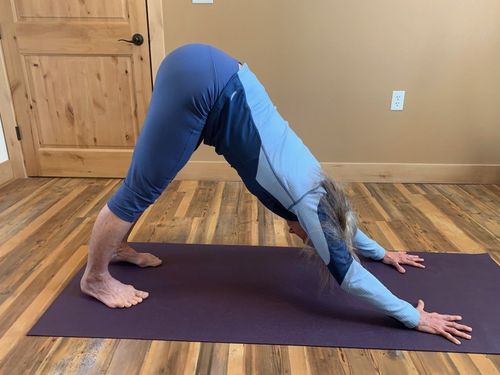
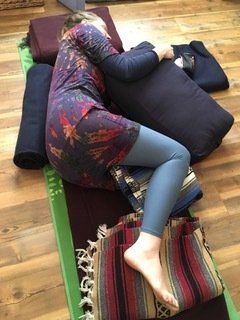
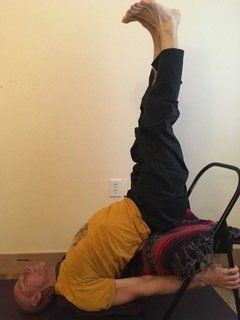
Balance and Loss of Coordination
Balance and poor coordination can be the result of a multitude of problems. It can often start secondary to an orthopedic dysfuncion, like a total hip replacement, ankle fracture or knee surgery; from a spell of dizziness from the inner ear; from a neurological condition or insult; or simply from the aging process. Whatever the initial condition was, balance and coordination can usually be improved upon, no matter what the age…Following a thorough evaluation process addressing orthopedic, vestibular and somatosensory systems, the patient will begin a one on one program with Stephanie, working though all of the affected areas and begin to increase balance and coordination in a progressive and safe environment. A home exercise program is always instructed and highly encouraged for the best possible outcome.

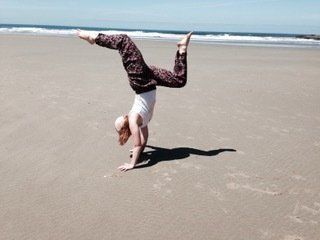
TMJ Syndrome
(Temporomandibular Joint)
The TMJ is a very small joint, in close proximity to the ear, upper cervical spine and the jaw. At times this area has functional problems; people frequently complain of clicking or popping; pain in the joint itself and/ or difficulty opening or closing. Dentists often see these patients and sometimes recommend extensive physical work to the jaw itself, often suggesting bracing or surgery to realign the teeth or mandible. Physical therapy can often times help these situations, depending on the exact pathology of the joint. Careful examination of the mouth, jaw and muscles (inside and outside of the mouth) and manual manipulations to the joint and the associated musculature can significantly help these patients. The TMJ joint itself is complicated, complete with a hinge and gliding joint, with a meniscus like the knee joint. Often times the meniscus moves improperly, secondary to muscle tightness and poor joint mechanics, and sometimes the upper cervical spine and forward head postures do not allow the joint to work as efficiently as it should. These areas are all addressed; sometimes in conjunction with using a night time splint to rest the joint. Close communication with the dental profession is important so we work closely with the referring dentist (if there is one).
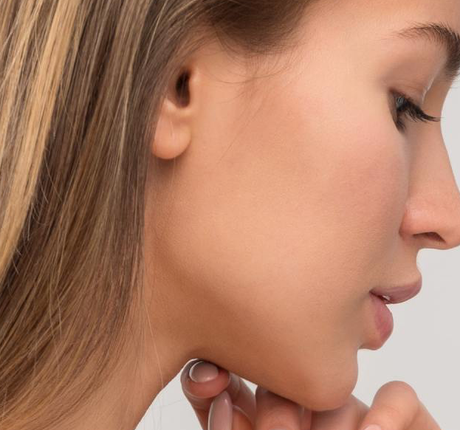
Custom Orthotics
Its all in the feet
As it all starts at the feet…custom orthotics are fabricated outside of the clinic, utilizing the skills of a certified orthotist. Stephanie assess the foot, knee and any other alignment issues, takes an imprint of the feet with any necessary posting and physical adjustments and then the orthotics are fabricated upon her recommendation. Hard plastic or carbon footbeds are never utilized as the body works best with some shock absorption on up the chain. Softer or semi rigid support is the best, allowing a bit of freedom and softness in the foot, as well as cushioning to the joints farther up the body.


